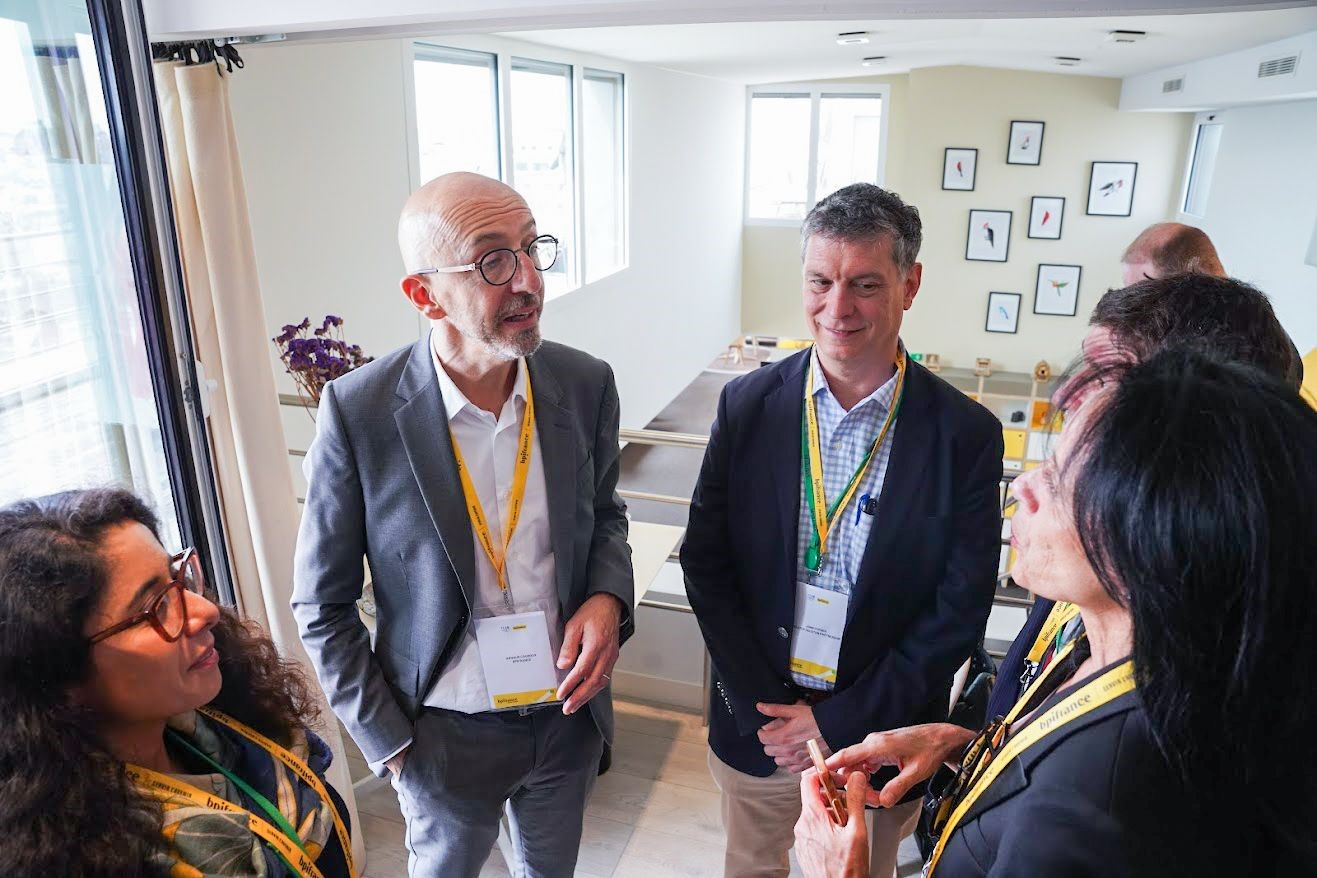Global Houston: Insights and Analysis in a Post-COVID World
Published May 27, 2020 by Patrick Jankowski
The COVID-19 pandemic and its aftereffects will slow Houston’s growth over the next two years. The region will experience a weaker demand for its exports, limited access to overseas markets, fewer foreign visitors, and a reduction in foreign direct investment (FDI).
Read the full report, including illustrative charts and graphs here.
Global Outbreak
As of noon May 26, there were 5.5 million confirmed COVID-19 cases and nearly 350,000 deaths attributed to the virus worldwide. That’s nearly double of the 2.8 million cases and 193,000 deaths recorded on April 26.
Potential Losses from COVID-19 Pandemic
The pandemic has sent the world into the deepest slump since the Great Depression. The Asian Development Bank estimates the global economy will suffer $5.8 to $8.8 trillion in losses due to the virus. That’s 6.4 to 9.7 percent of global gross domestic product (GDP). To put that in perspective, $5.8 trillion sums to the combined output of India ($3.2 trillion) and Brazil ($2.6 trillion) in ’18. The $8.8 trillion sums to the output of India, Brazil and France ($2.9 trillion).
The Asian Development Bank estimates that 158 to 242 million full-time payroll jobs could be lost during the pandemic. To put that in perspective, that’s roughly the total U.S. payroll employment (160 million jobs) prior to the pandemic. The 242 million equates to all payroll jobs in the U.S. and Japan (66 million).
The International Labor Organization (ILO), a United Nations agency, estimates that some 1.6 billion people employed in the informal economy, nearly half the global workforce, could see their livelihoods destroyed from lockdowns to curb the spread of the virus.
The epidemic has caused stress for national governments as well. As of late May, 100 countries have requested emergency financial assistance from the International Monetary Fund (IMF). Sixty requests have been granted so far with the most granted to countries in Africa, Central Asia and South America. The IMF has $1 trillion to lend, with one-fifth committed to date.
U.S. Impact
The Bureau of Economic Analysis (BEA) estimates the U.S. economy shrank 4.8 percent in the first quarter, ending the longest economic expansion in U.S. history. Starting in Q3/09, the economy grew during 39 out of the past 42 quarters, with no back-to-back declines.
Now, the nation is set for two consecutive quarters of shrinking GDP, the conventional definition of a recession. The drop in Q2 will be much worse than Q1. The consensus among 48 economists surveyed by The Wall Street Journal in early May is that the U.S. economy will shrink by nearly a third in Q2/20, with a recovery starting in Q3/20.
Layoffs will likely continue in the second half of the year as companies adapt to a post-COVID environment. The nation has already hemorrhaged 21.4 million jobs in March plus April, giving up nearly all the 22.1 million created over the past ten years. More than 38.6 million workers filed initial claims for unemployment insurance since the pandemic began, suggesting job losses may be greater than the Bureau of Labor Statistics (BLS) has reported.
Initial claims for unemployment insurance are trending downward but remain elevated. If not for the four stimulus packages totaling $2.6 trillion passed by the U.S. Congress and U.S. Federal Reserve Chairman Jerome Powell’s commitment “to using our full range of tools to support the economy in this challenging time,” the nation’s economy would be in even worse shape.
Houston’s Struggles
As of this writing, the pandemic has cost Houston 330,100 jobs, according to the Texas Workforce Commission (TWC). By comparison, the region lost 221,000 during the ’80s energy bust, or one in every seven jobs. Houston’s economy is significantly larger now, so jobs lost to date represent a smaller share of total employment, about one in every ten jobs. However, if Houston's losses reach 420,000, the region would match the one-in-seven ratio of the ’80s. Another 150,000 workers have filed for initial claims for unemployment benefits since mid-April, so when May’s jobs report is released, job losses could approach that one-in-seven level.
In April, Houston’s unemployment rate stood at 14.2 percent, the highest point on record. That, too, may be an underestimate. BLS data indicate nearly 275,000 Houstonians have dropped out of the workforce since February and therefore are not counted as unemployed. If they were, Houston’s unemployment rate would likely exceed 20 percent.
Gradual Reopening
Though COVID-19 cases continues to rise, governments worldwide have begun reopening their economies. The Wall Street Journal reports that recovering air travel, hotel bookings and mortgage applications are among the early signs the U.S. economy is slowly creeping back to life.
Texas Governor Greg Abbott began reopening the Texas economy on May 1. So far, most businesses and consumers have dipped their toes in the water but few have done a cannonball off the diving board. Only 20 percent of the parking spaces in the public garages in downtown Houston are full during the workweek. Filings in Harris County for dba's (“doing business as”), a proxy for new business formations, are down 75 percent compared to this time last year. Restaurant reservations in Houston remain 70 percent below their pre-COVID levels, according to OpenTable. And METRO bus ridership in late-May is one-fifth the level it was in mid-March.
The post-COVID world will look different from the pre-COVID world. Some of the changes are obvious:
- Ten weeks of telecommuting has proven that employees can work from home and be as productive as when they worked in the office.
- The pandemic has hastened the demise of already struggling brick-and-mortar retailers.
- Broadband internet access is a necessity, like running water and electricity, not a luxury like cable television.
- Density creates risk, so open-space office concepts need to be redesigned.
- Global supply chains depend too heavily on inputs from China.
- Removing vehicles with internal combustion engines from the road improves air quality.
Other changes are less obvious, like what will happen to trade, investment and air travel, especially for Houston, in a post-COVID world. The Partnership will continue to track and publish data on these developments as they become available.
Read the full report for additional information on foreign direct investment, Houston's post-COVID future, international access, trade and more. Click here for Partnership President and CEO Bob Harvey's conversation with former Secretary of Commerce Carlos Gutierrez on USMCA, coronavirus impact, China and more.
 The Houston Report
The Houston Report


















